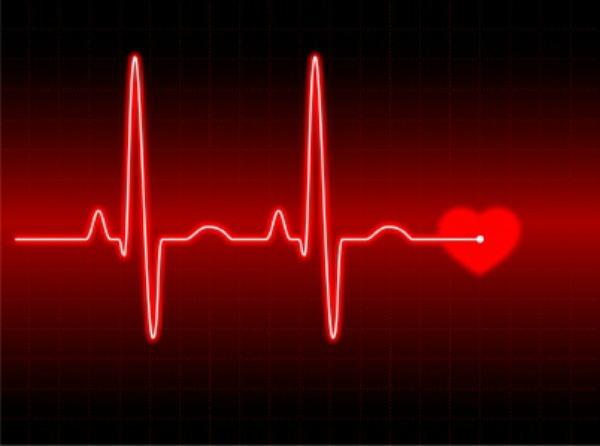How to Lower Your Heart Rate

Your heart rate is the number of times your heart beats in one minute. It is measured by locating the pulse and is usually expressed as beats per minute (bpm). Studies have shown that people with heart rates of above 70 bpm (beats per minute) have a greater risk of developing heart diseases.
A heart beating fast could be a result of stress an anxiety or be an indication of poor physical health. When you are scared or stressed out, your body releases a hormone called adrenaline to help you deal with that particular situation. This hormone in turn increases your breathing and heart rate, which is normal. However, a permanent increase in heart rate is not a good sign and you need to slow it down through breathing and relaxation exercises and by making some changes to your lifestyle.
Instructions
-
1
Take your pulse
Place the strapless heart rate monitor on a table and touch the metal contacts with your finger tip to take your pulse. The number appearing on the screen shows your heart rate. If you do not have a heart rate monitor, note your pulse manually. Place the index finger and the second finger of your right hand on your neck just below your jaw line and count the number of beats in six seconds. Multiply that number by 10, this is your pulse rate or heart rate. If your heart rate is well above 70, use different relaxing methods to slow it down. -
2
Diaphragmatic breathing
Sit or lie on the bed in a comfortable position and put one hand on your abdomen under the rib cage, while the other on your chest. Breathe in deeply through your nose until your stomach is full. Make sure your stomach expands before your chest (use your hands to know you are breathing properly). Hold this breath for a few seconds (say three to five seconds) and then exhale it through mouth, with your chest deflating first then the stomach. Repeat this process 8 to 10 times or until your heartbeat is normal. -
3
Alternate nostril breathing
Nostril breathing is also very effective in lowering the heart rate. Sit or lie in a comfortable position and hold your nose with your thumb and middle finger of the right hand, so that the thumb is against the right nostril while the finger is against the left nostril. Press the thumb to close the right nostril and inhale deeply through the left nostril, feeling your stomach and chest inflate. Now press your left nostril and exhale through the right one, feeling your chest and stomach deflate. Repeat the process 8 to 10 times or until your heart beat is normal and you feel calm and relaxed.




